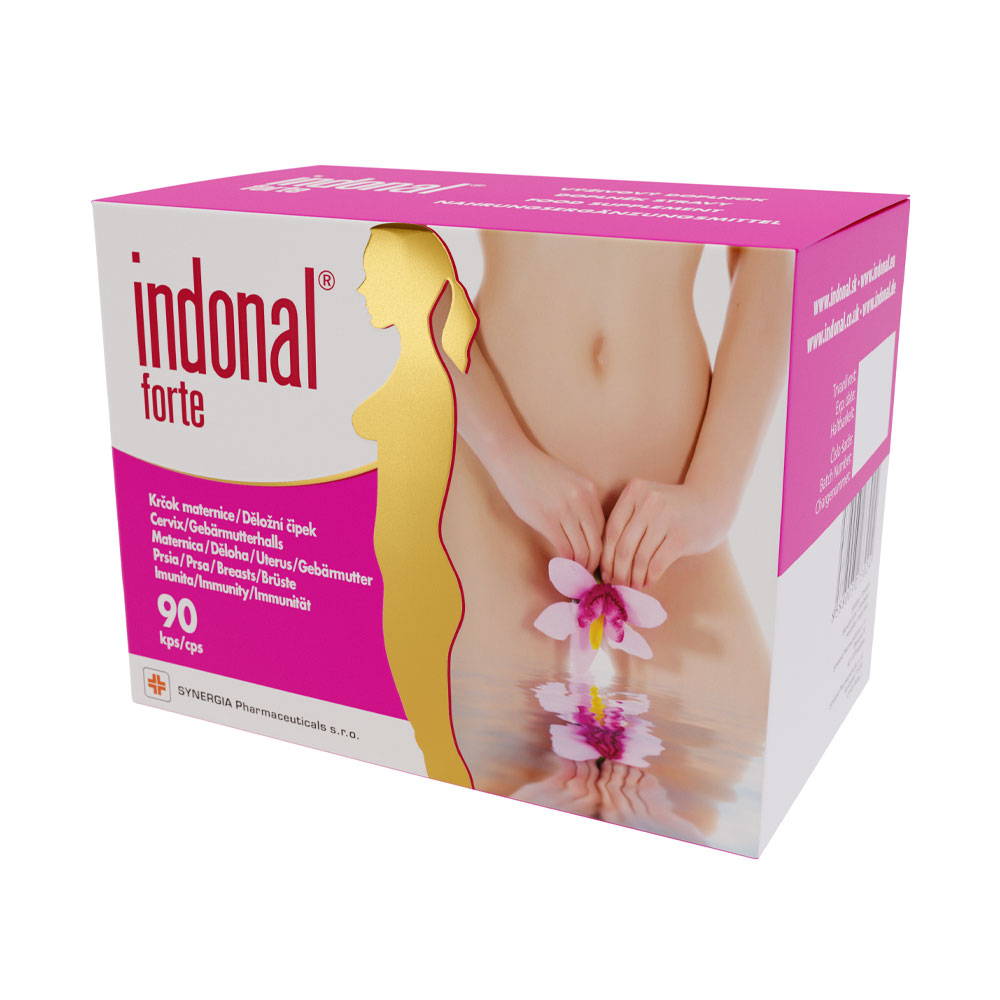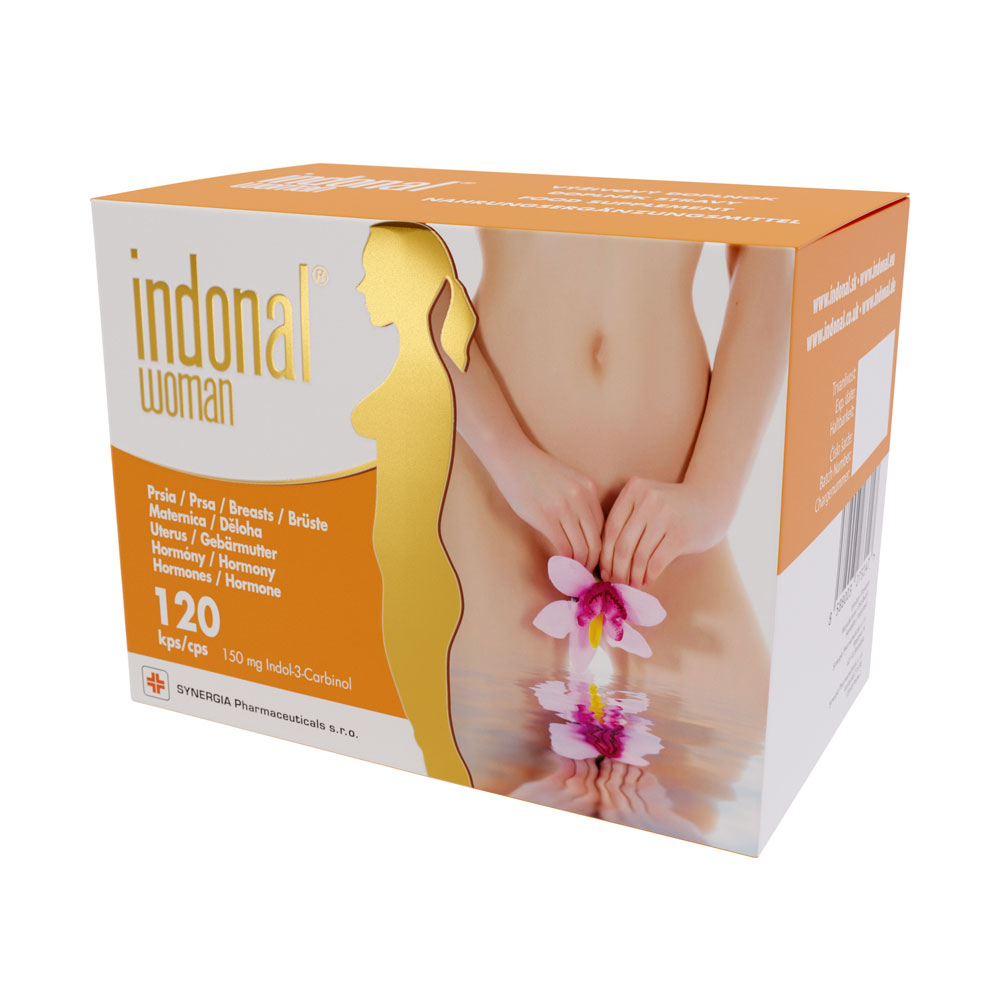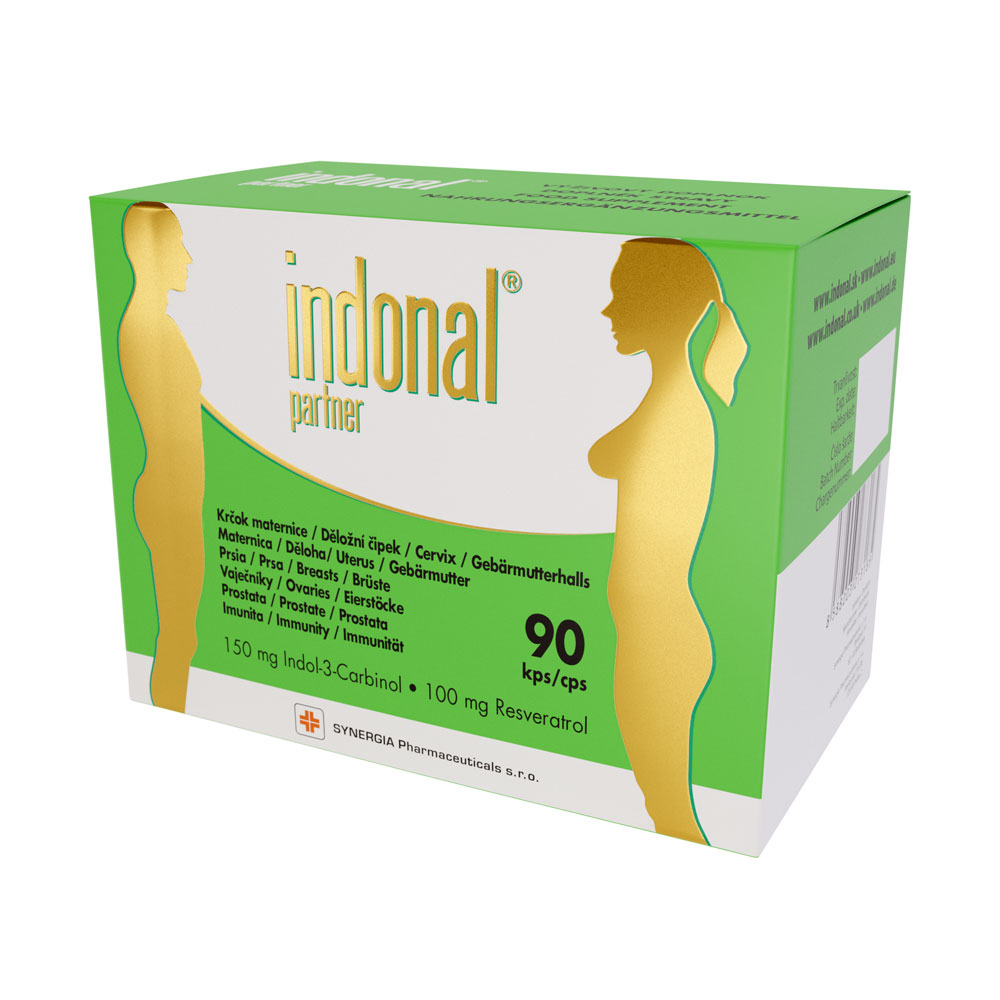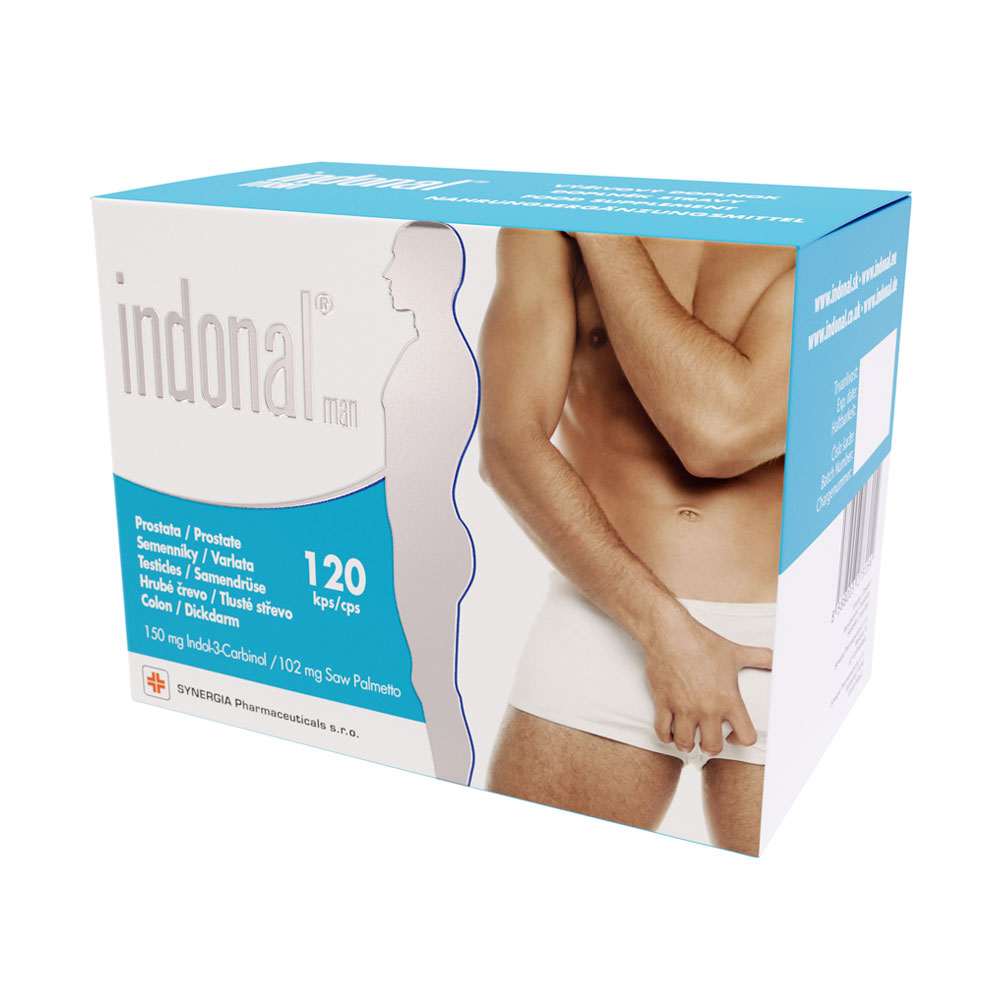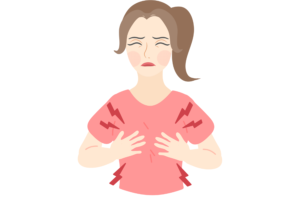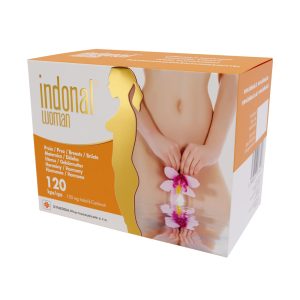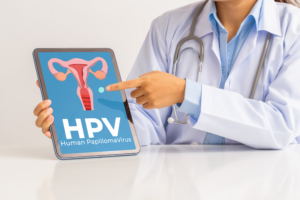Mastodynia, also known as mastalgia, is a medical term for breast pain. This condition can be caused by various factors and can present with varying intensities. The pain may be cyclic (related to the menstrual cycle) or non-cyclic (unrelated to the menstrual cycle).
Mastodynia refers to breast pain. The pain can be cyclic, associated with the menstrual cycle, or non-cyclic, independent of the menstrual cycle. Indole-3-Carbinol, a naturally occurring compound found in certain vegetables like broccoli, kale, and cabbage, is known to influence estrogen metabolism in the body. This property makes Indole-3-Carbinol useful in treating mastodynia and other conditions related to hormonal imbalances.
Symptoms of Mastodynia
Cyclic Mastodynia:
- Menstrual Cycle-Related Pain: The pain often appears a few days to a week before menstruation and eases after it begins.
- Bilateral Pain: Typically affects both breasts, especially the upper outer quadrants.
- Tender and Swollen Breasts: Breasts may be sensitive to touch, tense, and swollen.
- Dull or Throbbing Pain: Pain can be dull or throbbing, often described as heavy or tense.
Non-Cyclic Mastodynia:
- Irregular Pain: Pain is not related to the menstrual cycle and can be irregular.
- Unilateral Pain: Often affects only one breast.
- Localized Pain: Pain may be confined to one area of the breast.
- Sharp or Burning Pain: Non-cyclic pain can be sharp, burning, or stabbing.
- Persistent Pain: May last longer and be constant or worsen with certain activities or movements.
General Symptoms (Applicable to Both Forms):
- Tenderness to Touch: Breasts are sensitive and painful to touch.
- Pain with Movement: Certain movements, such as lifting arms or engaging in intense physical activities, can worsen the pain.
- Swelling and Heaviness: Breasts may be swollen and a feeling of heaviness is common.
Causes of Mastodynia
- Hormonal Changes: Cyclic mastodynia is often linked to hormonal changes during the menstrual cycle, particularly before menstruation.
- Menopause: Hormonal fluctuations during menopause can also lead to mastodynia.
- Cysts (Mastopathy) or Other Benign Lumps: Non-cancerous cysts or fibroadenomas can cause breast pain.
Management of Mastodynia
Indole-3-Carbinol, found naturally in vegetables such as broccoli, kale, and cabbage, is highly effective for cyclic breast pain. It is known to influence estrogen metabolism in the body, which is useful in treating mastodynia and other conditions associated with hormonal imbalance.
It is important to diagnose and treat the underlying cause of non-cyclic pain. If the pain persists or is very severe, consulting a doctor is advisable.
Source:
- Bradlow, H. L., Michnovicz, J. J., Telang, N. T., et al. (1991). “Effects of Indole-3-Carbinol on Estrogen Metabolism in Women: Induction of Catechol Estrogen Metabolism.” Journal of the National Cancer Institute, 83(10), 769-775. doi:10.1093/jnci/83.10.769
- Bell, M. C., Crowley-Nowick, P., Bradlow, H. L., et al. (2000). “Placebo-Controlled Trial of Indole-3-Carbinol in the Treatment of Cervical Dysplasia.” Journal of Cancer Research and Clinical Oncology, 126(10), 634-640. doi:10.1007/s004320000164
- Tiwari, R. K., Guo, L., Bradlow, H. L., et al. (1994). “Effects of Indole-3-Carbinol on the Induction of Estrogen Metabolism and Estrogenic Stimulation in Breast Cancer Cells.” Journal of Steroid Biochemistry and Molecular Biology, 48(4), 295-304. doi:10.1016/0960-0760(94)90074-4
- Wong, G. Y., Bradlow, L., Sepkovic, D. W., et al. (1997). “Dose-Ranging Study of Indole-3-Carbinol for Breast Cancer Prevention.” Journal of Cellular Biochemistry Supplement, 28-29, 111-116. doi:10.1002/(SICI)1097-4644(1997)28+<111::AID-JCB20>3.0.CO;2-2






